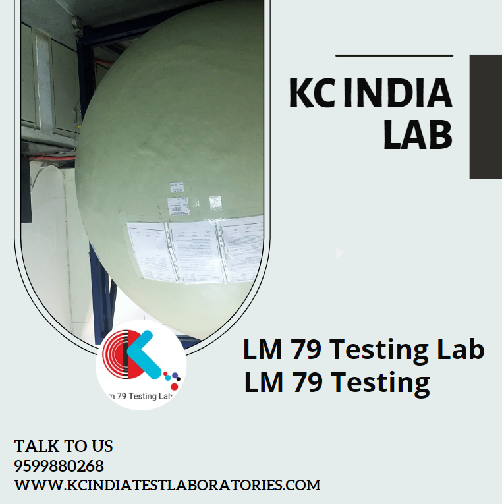Best LM 79 Testing Labs

Best LM 79 Testing Labs all NABL and BIS Approved lab As the expansion of LED Testing technology continues to fatten and enlarge, the need for compatible and standardized testing procedures for LED has become more ubiquitous than ever. So, IESNA has come with LM 79 Testing Approved Method to measure the electrical, photometric and colorimetric parameters of SSL Products like luminaries, lamps, tube lights, bulbs, flood light, street light, down light, panel light and all types of LED , OLED products. LM Testing Labs 1. Electrical parameters - Current, Voltage, Power Factor, Frequency 2. Photometric parameter- Luminous flux, Efficiency, Light intensity distribution in candela) 3. Colorimetric parameters - CCT, CRI, X Y coordinates LM 79 testing Labs will be performed by recognized Laboratories and the reports issued from such labs are relevant. All NABL and BIS Approved lab for can perform LM 79 testing. The Equipment that is required for LM 79 Testing the INTEGRATING

